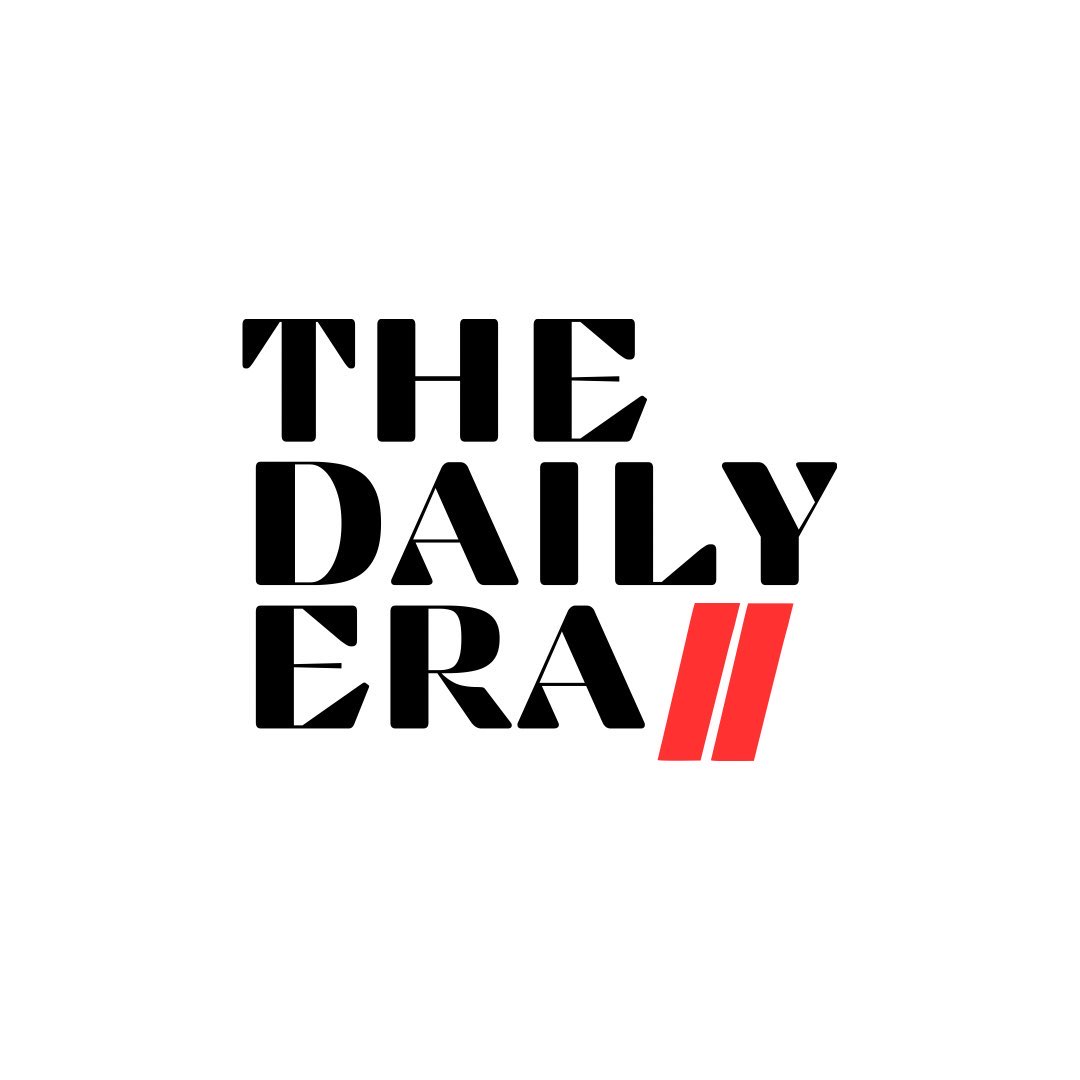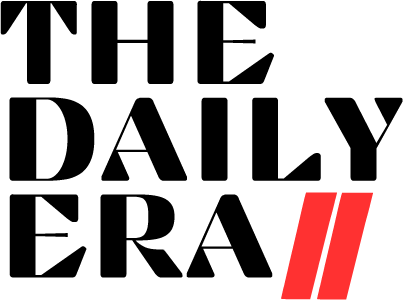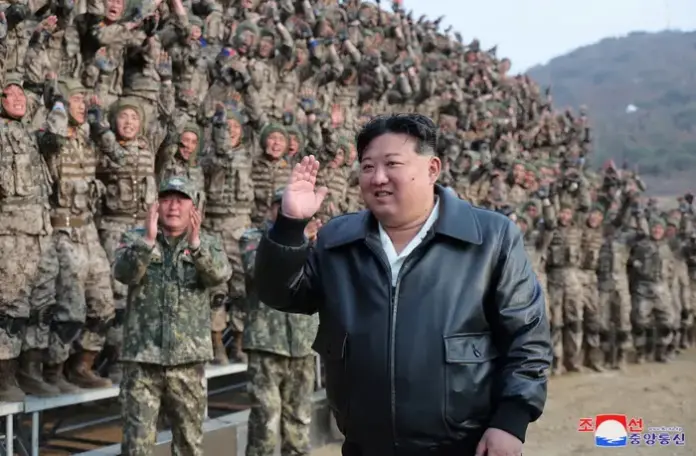A spectacle with the stale taste of bygone state funerals, yet it betrays far more: North Korea now buries its sons fallen on the Ukrainian front, a brutal sign that Pyongyang has morphed into Moscow’s auxiliary force.
On July 1st, North Korean leader Kim Jong-un stood stiff and visibly tense for KCNA’s cameras, draping the national flag over the coffins of his troops, who died not defending the Korean peninsula but fighting on Ukrainian soil. Beside him, Russia’s Minister of Culture, Olga Lyubimova, served as a silent reminder that the Moscow–Pyongyang axis is no longer just diplomatic chatter, but a blood pact sealed in young men’s graves.
One could dismiss this scene as mere propaganda, yet it lifts the veil on an uncomfortable truth: the North Korea soldiers Ukrainian front deployment is not just rumor, but reality, now televised with orchestral pathos.
‘Heroes’ sacrificed on the altar of a shifting pact
The North Korean regime went into overdrive with its bombastic captions: “Oh, our shining heroes, shining, shining, shining…” — an endless refrain, as if glittering rhetoric could mask the raw fact that these young men perished for someone else’s territory, in Russia’s Kursk region.
A minor detail? More like a strategic aberration. Pyongyang, once so fiercely isolationist, now exports its troops thousands of kilometers west, propping up a Russia weakened by its own attrition. And the timing was hardly coincidental: this ceremony coincides with the first anniversary of the military pact inked by Russia and North Korea in June 2024, a “mutual defense clause” that was, until these funerals, just ink on paper.
Minister Lyubimova’s presence, a soft power footnote, only underscored the theater: a choreographed lament, staged for domestic grief and foreign intimidation alike.
18,000 soldiers, 600 dead: Pyongyang’s hidden army revealed
The keyphrase North Korea soldiers Ukrainian front finds its raw evidence here: Pyongyang no longer just ships shells — it sends flesh and bone. South Korean lawmaker Lee Seong-kweun, quoting his country’s intelligence, claims at least 18,000 North Korean soldiers were deployed in two waves since late 2024. The tally so far: some 600 dead, thousands more wounded.
No one should expect North Koreans themselves to see more than this sanitized spectacle of flag-draped coffins. But for the West, the images drip with bitter irony: Moscow, once a superpower, must now lean on a pariah regime to hold its lines against Ukraine. Washington’s response? Tepid at best, with no real threat of sanctions that might actually sever this axis.
A leaked detail added a surreal twist: a document showing Kim Jong-un personally “approving operational plans for the liberation of Kursk” and issuing orders to special units. The supreme marshal playing European field marshal, a geopolitical fantasy masking Pyongyang’s deeper fear of losing leverage.
An awkward alliance for Washington
It would be naive to see this simply as Moscow’s extension. For Pyongyang, every coffin flown home boosts its credibility as a combat-ready power, not just a nuclear posturer. It tests its troops in a real war, with Western satellites watching every move. Each North Korean casualty on Ukrainian soil means the war’s concentric circles now reach far beyond Donbas trenches.
One thing is clear: North Korea is no longer merely a nuclear irritant on the 38th parallel. It is now, however minor, an active combatant on Europe’s eastern flank, and by extension, another stone in the crumbling shoe of NATO. For Washington, endlessly chanting about its “unwavering support” for Kyiv, the sight of Kim Jong-un solemnly laying a flag over a coffin in Pyongyang is more than a grim formality: it is proof that this front is stretching wider than the West can comfortably contain.



